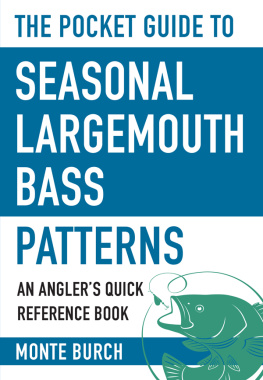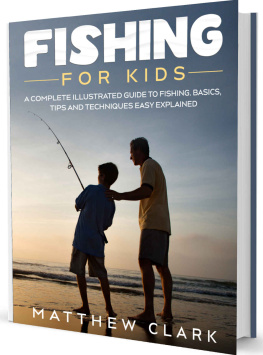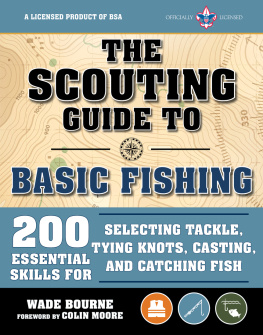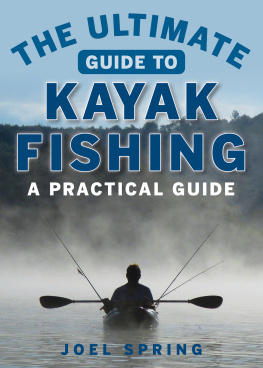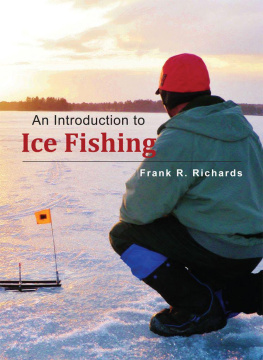ABOUT THE AUTHOR
Ron Baird is a retired award-winning journalist. He is the author of Dark Angel, a mystery described as A Tale of Murder, Mayhem and Flyfishing, and a new sequel, Black Wind. Hes also written Fishing Colorado, a FalconGuide. He and his wife, Nancy Morrell, live in the foothills of Boulder, Colorado.
PHOTO BY NANCY MORRELL
ACKNOWLEDGMENTS
I would like to express my sincere gratitude to the following people and organizations who made this book possible and very much better.
Joe Novosad, a friend and Globe Pequot distributorwho suggested me for the opportunity, for this one as well as for my first book, Fishing Colorado: An Anglers Complete Guide to More than 125 Top Fishing Spots.
Allen JonesMy fierce acquisitions editor who conceived the concept of this book and who tried his best to keep me on track.
Julie MarshGlobe Pequot project editor who caught the errors and inconsistencies in the manuscript and made the book eminently more readable.
Front Range Anglerswhose staff was with me all the way, particularly Russell Miller and Jon Spiegel, who supplied so much of the fine photography for the book.
Bill Edrington of Royal Gorge Anglerswho has solved so many of the riddles of fishing the Arkansas River and shared them with me.
Kirk Webb of Taylor Creek Fly Shopwho was never too busy to answer my questions and provide expert advice and photographs of the Fryingpan and Roaring Fork Rivers.
Cutthroat Anglerswhose website provided much information about fishing the enigmatic Blue River and Williams Fork tailwater.
Rod Cesario of Dragonfly Anglersfor expert advice on the Taylor River.
RIGS Flyshopwhich helped me get in touch with professional photographer Jack Brauer, who supplied the wonderful photograph of the Gunnison Gorge that leads off the book.
Jack Brauerworld-class nature photographer for his graciousness and his photograph of the Gunnison Gorge.
Ben Olson of Black Canyon Anglerswho early on helped me update the condition of the Gunnison Gorge in the wake of a flash flood in 2010, and for other timely information.
Tim Romanowhose excellent photographs fleshed out the book.
Kendall Bakich of the Colorado Division of Wildlifefor updated fish population in the Fryingpan River.
Oscar Marks of the Gunnison River Anglerswho filled in the knowledge holes on the mysterious Lake Fork of the Gunnison River.
Jay Zimmerman of Rocky Mountain Anglersfor advice and great fly designs.
Dean Billington of Bull Basin Outfittersfor photographs and excellent advice.
To my wife Nancywho put up with it all.
All the advice I received was accurate. Any mistakes are my own.
To my grandchildren: Payton, Logan, and Brody Jones. May you always have healthy trout waters to fish.
APPENDIX A
F AMILIAR F LIES B Y S EASON
Summer
 | The Banksia Bug is an excellent caddis emerger that can be fished dead-drifted or swung into the current downstream and then lifted, either by itself or as part of a dry/dropper combination. The Clown Shoe Caddis dry fly is an excellent choice for the top fly. |
 | One of the most effective flies ever invented, the Beadhead Prince Nymph can imitate a stonefly or caddis nymph, or is effective as an attractor. The two largest fish Ive ever caught were both on #16 Prince Nymphs, and both came at times when other anglers werent catching fish. |
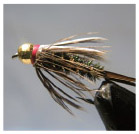 | Beadhead Prince Nymphs in size 6 to 10 are primarily used during large stonefly or salmonfly hatches. |
 | The Kaufmanns or Ks Stonefly Nymph, in black, brown or gold, with or without rubber legs, is used when stoneflies are present. These flies are lead wrapped beneath the dubbing so they dont require additional weight. |
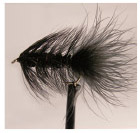 | While Woolly Buggers come in a wide-range of colors, black, brown, gold, and olive are the most effective for trout. Pink and purple can also work for Kokanee. Use bead heads (both cones and beads) for getting deep, but keep them unweighted for low water. |
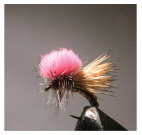 | Clown Shoe Caddis flies are excellent during caddis hatches and serve as a good top fly, especially in tandem with caddis larvae, a Banksia Bug, or a Prince Nymph. |
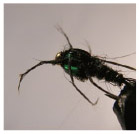 | One of the most realistic mayfly nymphs going, the Crown Jewel Green Drake works especially well when drakes (green, brown, or gray) are on the water. |
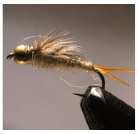 | A realistic looking nymph, the Golden Stonefly can be fished anytime during the summer months, either singly or as part of a dry/dropper or double nymph rig. |
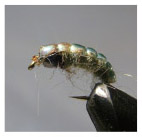 | Even when there is no caddis activity present, caddis larvae can be in the water, building their houses, moving around, getting washed loose. Caddis larvae flies are very good by themselves or as the dropper off a dry fly. |
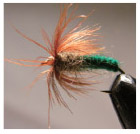 | When you can see caddis activity on the water, chances are that the pupae are even more active below. They are transitioning into adults, and once they reach that stage, waste no time getting to the surface and flying away. Trout take the larvae very aggressively. Fish this fly across and down, letting it swing into the current, either singly or as the dropper on a dry fly. |
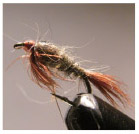 | The standard emerger for mayflies, the Hares Ear can also be used to imitate other species as well. The flies come in gray, olive, and tan, and with or without beads. All of them can be effective. |
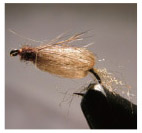 | La Fontaines Sparkle Caddis Emerger should be fished in a fashion similar to the Banksia Bug. It can be equally effective. |


